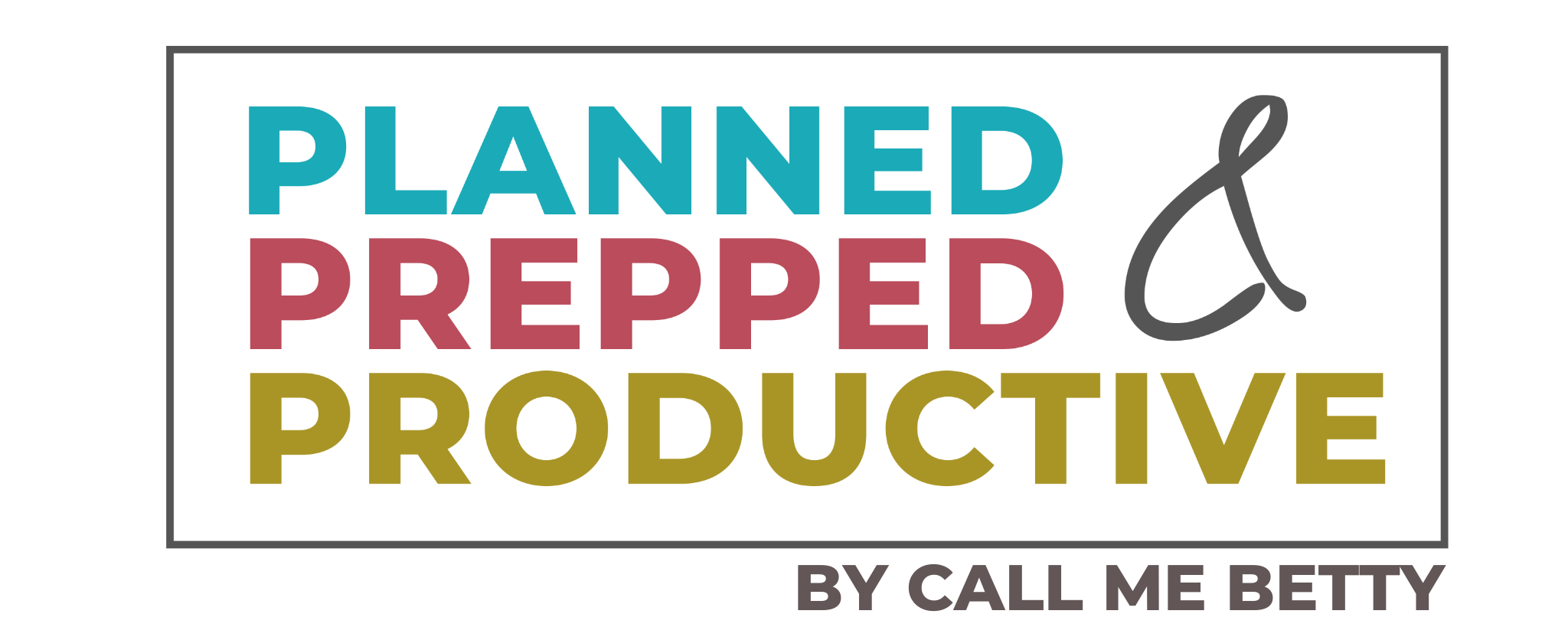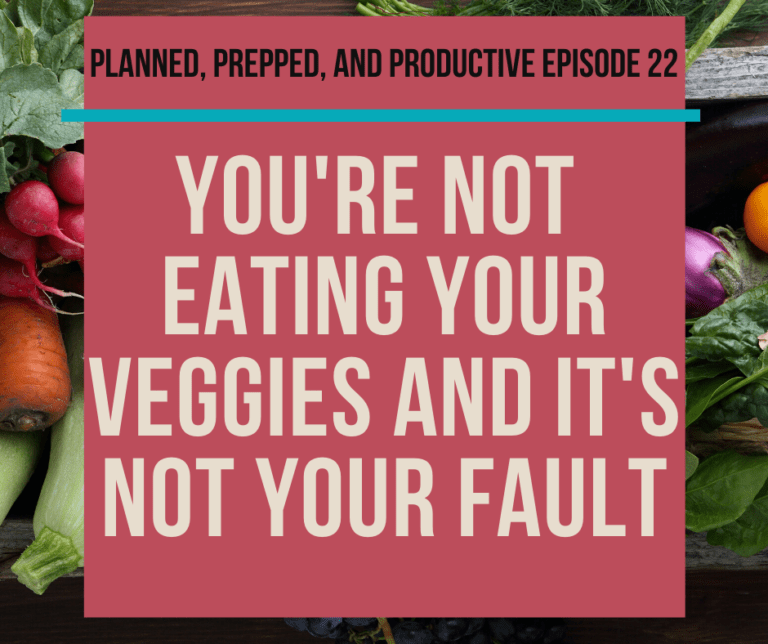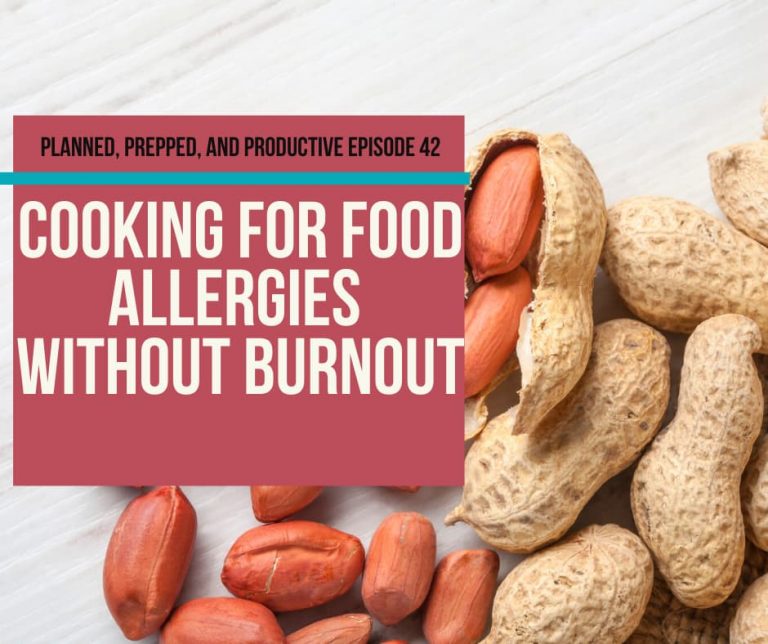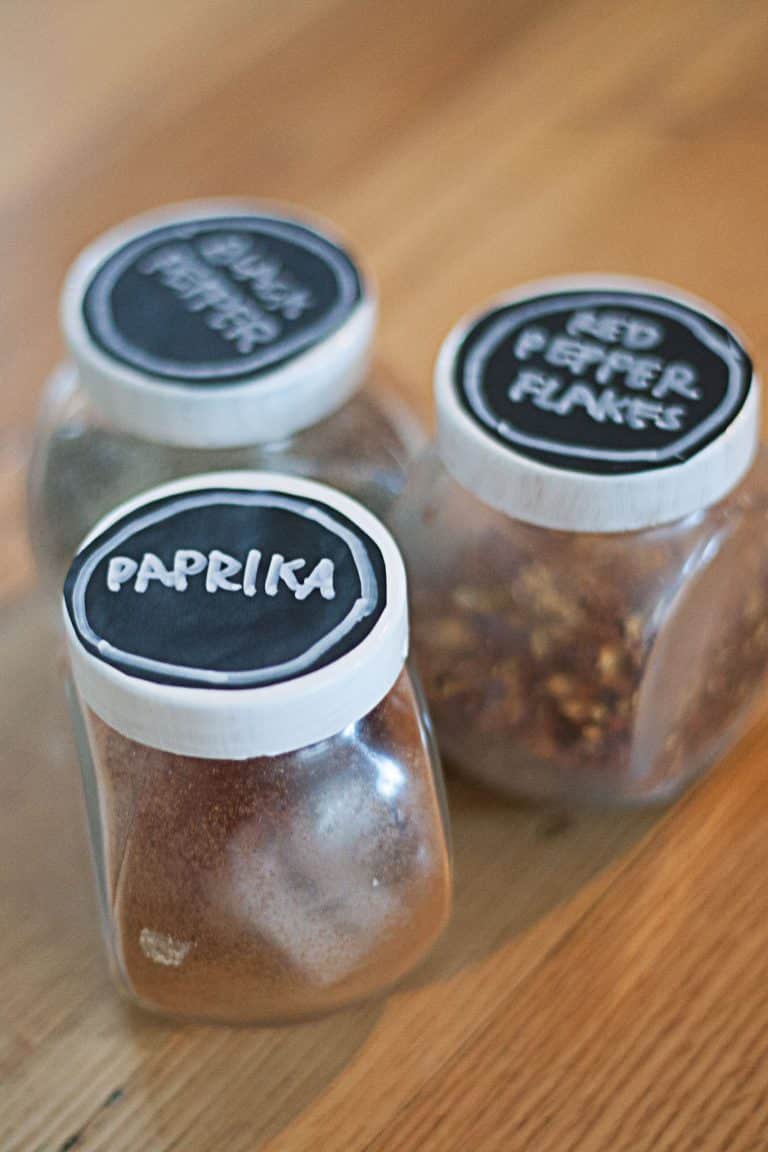#43 Everything you need to know about kitchen knives
Are you still cooking with the same dull kitchen knives you got from your wedding? So many people don’t invest in good knives simply be cause they don’t know how much of a time-saver they are or what to look for in a knife. Read on or listen for everything you need to know to purchase and care for a knife with confidence.
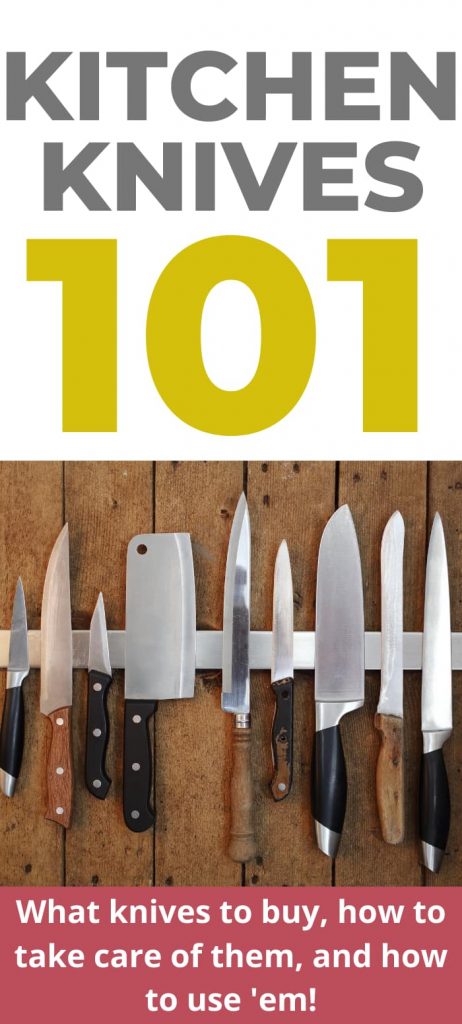
Why Kitchen knives are so important
I am kind of a broken record when it comes to knives.

I’m constantly recommending that you sharpen your knife and purchase a really good chef’s knife.
The reason, is because a good quality chef’s knife is the most important piece of equipment in your kitchen, and good knife skills will go further than any fancy piece of time-saving kitchen equipment will any day.
Cutting can be a huge time-suck for homecooks, and I always say if you are really dreading cooking or spending a ton of time in the kitchen, go sharpen your knife and see if you find your motivation again.
So, we know that knives are important, but what knives do you even need?How do you take care of your knives? How do you learn knife skills?
Well consider this podcast and post Knives 101 (or in other words, kitchen time-saving 101 because good knives and knife skills will get you outta the kitchen faster!)
The 3 types of knives that every kitchen should have
- Chef’s Knive-A chef’s knife is a kitchen workhorse. They are 8-10 inches in length and they will be the most-used knife in your kitchen. Invest in a good one. Here’s some suggestions at different price points.
- Budget-Mercer Millenial
- Moderate-JA Henckels (my personal knife)
- Luxury-Wuhstof Classic 9-inch
- Paring Knife-Used for peeling, dicing garlic, and basically any task that a large chef’s knife would be cumbersome for. Here’s my suggestions at different price points.
- Budget-Kitchen Aid
- Moderate-JA Henckels
- Luxury-Wuhstof Classic Paring knife
- Serrated/Bread Knife–
- Budget-Chicago Cutlery (my personal knife)
- Moderate-JA Henckels
- Luxury- Wuhstof Classic Icon 9-inch
2 Optional knives every kitchen should have
You can honestly easily get by with the knives above, but here are just a few more items that I find useful in my kitchen.
- A set of steak knives–If you don’t eat steak or meat regularly, you can get by without these. If you do, they’ll be nice to have. Don’t worry about getting the best of the best here, just get something in your budget that will get the job done.
- Kitchen Shears-Great for cutting raw meat, herbs, and your kiddos dinner into bite-sized pieces to avoid choking!
How to take care of your kitchen knives
- Protect the Blade-Don’t just let your blade bang around in the drawer getting dull. Use a blade cover, knife block, or magnet knife holder to protect the blade.
- Hand-wash–This post from the kitchen explains the why behind hand-washing your blades to keep your knife in good condition for as long as you need it.
- Hone Regularly, sharpen when needed
What is the difference between honing and sharpening?
Honing is the process of using a honing steel to realign and straigthen the blades. It will make your knife seem sharper and cut better, but it’s not actually removing any of the metal or forming a new edge. Just realigning the edge that’s already there.
Sharpening involves using a stone block to actually remove tiny amounts of metal forming an entirely new blade.
How often should I hone my knife?
Because honing is not removing any of the knife material, it can be done regularly without damage. In fact, it’s recommended that it be done regularly. Some people hone every single time they use their knife, others only after every 3-4 hours of use (about once a week).
I usually hone my knife when I go to cut a tomato and it won’t do the job. This ends up being about once a week.
You do want to hone regularly because it will extend the time between knife sharpenings, and while sharpening your knife is recommended and super helpful, you want to do it sparingly because it’s removing tiny knife particles every time you do it.
How often should I sharpen my knife?
Sharpen your knife when honing just doesn’t seem to be doing the job anymore.
I try to sharpen my knives about once per year, and no more than every six months. The better you care for your knives, the less frequently you will need to get them sharpened.
How to hone your knife properly
I’m not a knife-honing expert, but I have practiced.
A lot of chefs on tv like to hone their knives up in the air.
While you could do this, getting the right angle will be so much harder and you probably won’t accomplish much good at all.
Instead, hold your honing steel metal side down perpendicular to your cutting board using your non-dominant hand.
Then using your dominant hand swipe the blade at a 15 degree angle past the steel alternating sides for 6-8 passes per side. Test to see if your knife is cutting better. If not, go for a few more passes.
This video will give you a good visual so you can try yourself, as well as another explanation of honing vs sharpening.
How to get your knife sharpened
While you absolutely can sharpen your own knives (there are loads of tutorials like this one, and you can purcase your own stone), I’ve never been very good enough.
This is one thing I like to leave to the professionals.
Since I only do it about once a year, it’s no big deal. It also only costs about 3 dollars at my local kitchen store to sharpen my knives so it’s pretty cost-effective.
A quick google search should tell you where in your area you can get your knife sharpened. I’ve also been able to get my knife sharpened at my grocery store butcher as well, and they did it for free!
My two favorite knife skills
- Create a flat base-Most fruits and veggies round and roll around. This can make cutting difficult, time-consuming, and honestly not very safe. Make your very first cut one that creates a flat surfact out of your fruit vegetable (i.e. cut your potato in half and then lay the flat surface directly on the cutting board). This will make cutting both safer and faster.
- Cut more than one piece of your produce at one time-Cutting celery? There’s no need to only cut one piece at time. Use the length of that blade and cut 4 pieces at a time. Or if you are dicing a potato, after you’ve cut it into strips, cut all the strips at a time to save time. This will become second nature, but you might need to think about it at first!
Like this post? You may want to check out this interview with Megan Porta…we share a love of kitchen knives and she’s got loads of other time-saving cooking tips.
I hope this post has gotten your wheels turning on how you can start working smarter, not harder in the kitchen. If you try anything, please, let me know your results!
Next week we’ll be diving into cooking for a camping trip. Camping is fun, but cooking in the great outdoors can be a stressful experience. Find out how I prep-ahead to make the whole thing better!
Until next week, happy planning!
